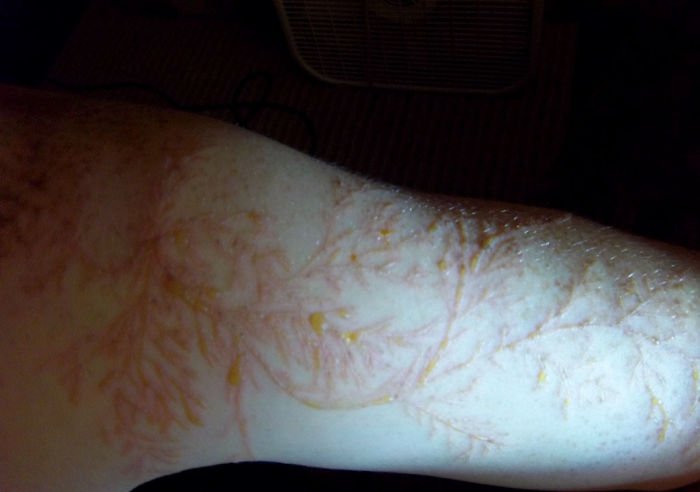

What’s the difference between a tan and hyperpigmentation?Ī tan occurs when the skin pigment or melanin is produced evenly, whereas hyperpigmentation occurs when the melanin is produced unevenly, resulting in dark spots, splotches, or uneven pigment within your skin. Apply sunscreen daily to prevent or minimize future damage.Hands off bug bites, acne, and other inflamed injuries.For fading acne scars, try azelaic acid.Use a serum that contains a skin lightening agent (i.e arbutin or kojic acid).glycolic acid or lactic acid) or retinoids (i.e. Exfoliate a few times a week using AHAs (i.e.How do you fade dark spots or hyperpigmentation? What causes dark spots or hyperpigmentation? Consult your physician and dermatologist if you believe your hyperpigmentation if from medication. GHS Tip - don’t pick your zits and scabs, and don’t scratch your bites! As tempting as it is, picking at inflammations and itching your skin leads to increased inflammation, which triggers even more melanin production leading to even darker hyperpigmentation.Ĭertain medications are thought to induce hyperpigmentation including nonsteroidal anti-inflammatory drugs, antimalarials, amiodarone, cytotoxic drugs, tetracyclines, heavy metals and psychotropic drugs. chronic acne), then the darks spots can turn into scars and remain long after the inflammation in your skin is gone.

Usually, these dark spots will fade over time, but if the inflammation is chronic (i.e.

The discolored skin or dark spots can appear pink, red or dark brown. Melanin production is an immune response to inflammation of your skin. For example, if you’re red-haired with fair skin, you’ll most likely have lots of freckles.Īcne, bug bites, cuts, scratches, scrapes, and ingrown hairs commonly lead post-inflammatory hyperpigmentation. Genetics influences your melanin levels and controls the color of your skin, hair, and eyes, and it also plays a role in the development and severity of all types of hyperpigmentation. GHS Tip - if your current birth control pills are causing you to get melasma, consider switching your birth control pills to a different level of estrogen or switching to a different birth control brand. This is the reason why hyperpigmentation is more common in women than in men. Increased estrogen levels often come from pregnancy, birth control, and hormone replacement therapy. Increased production of estrogen causes the melanocytes to produce more melanin than usual. An imbalance or change in your hormones causes discoloration from within your skin, resulting in melasma. The second, most common cause for hyperpigmentation. You will begin to see signs of hyperpigmentation from sun damage in your late 20s and early 30s. As a result, instead of that even, bronzed goddess tan you were working towards, you get rewarded with hyperpigmentation. Prolonged sun exposure can cause the melanocytes (the cells that produce melanin) in your skin to go into beast mode, producing a ton of excess melanin in attempts to protect your skin from further sun damage. Sun damage causes discoloration on the surface of your skin, resulting in freckles, sun spots, and age spots and it makes melasma and scars darker. The #1 common cause behind hyperpigmentation.


 0 kommentar(er)
0 kommentar(er)
